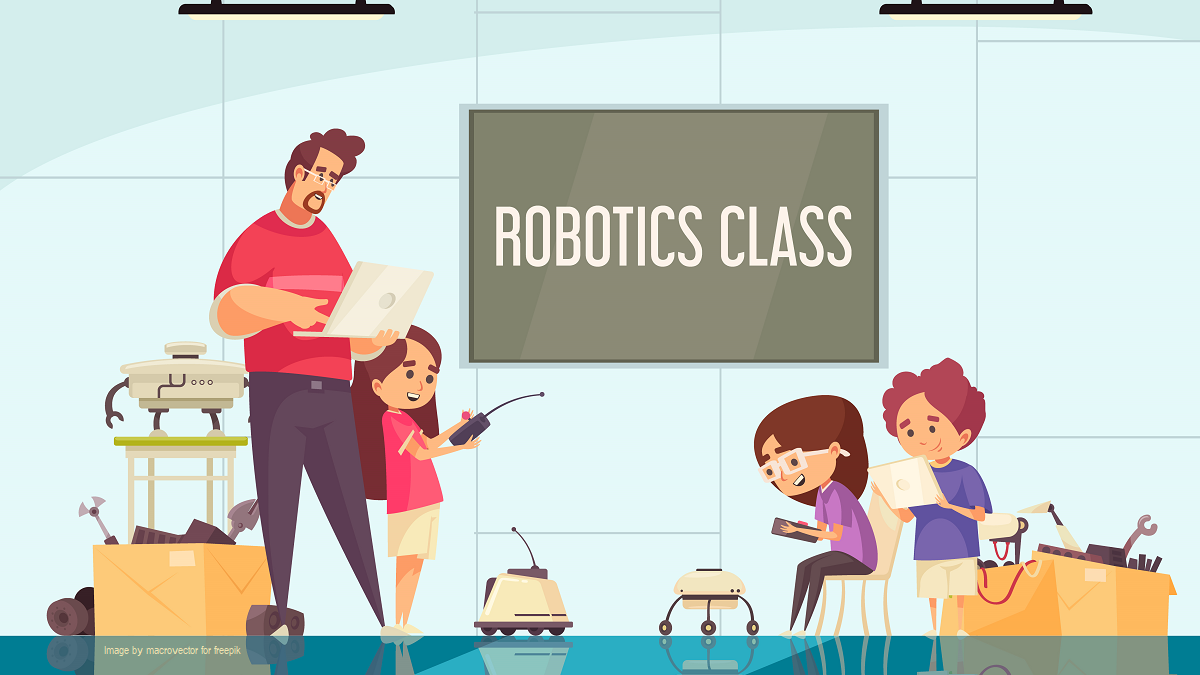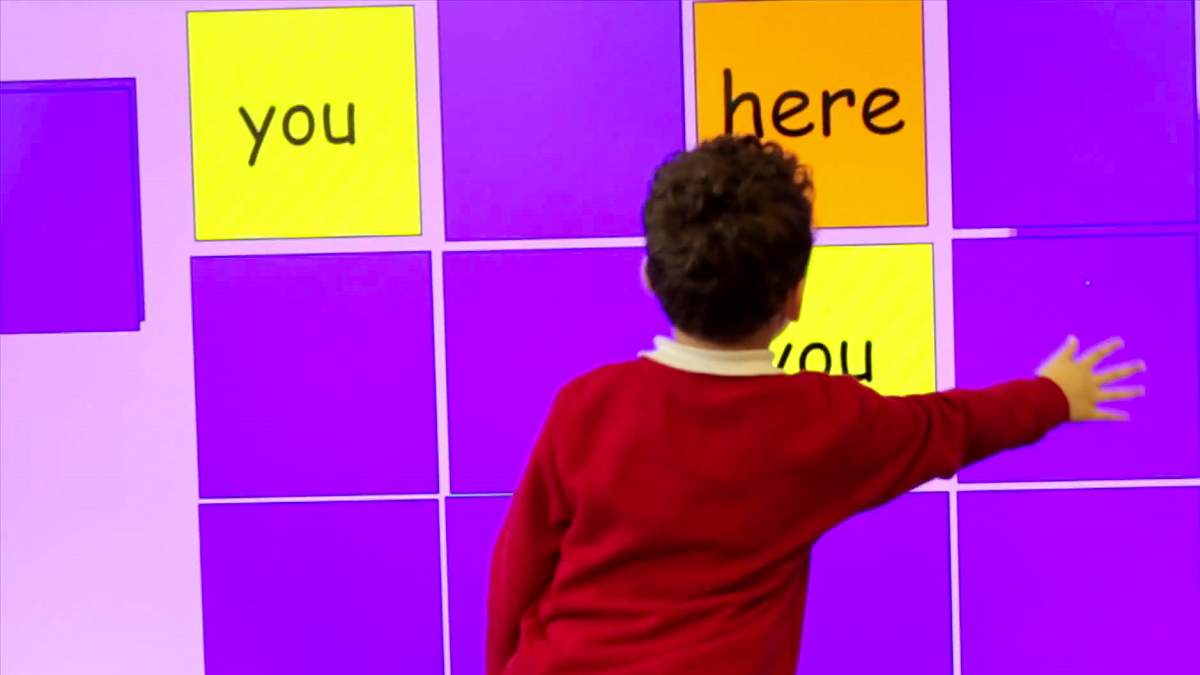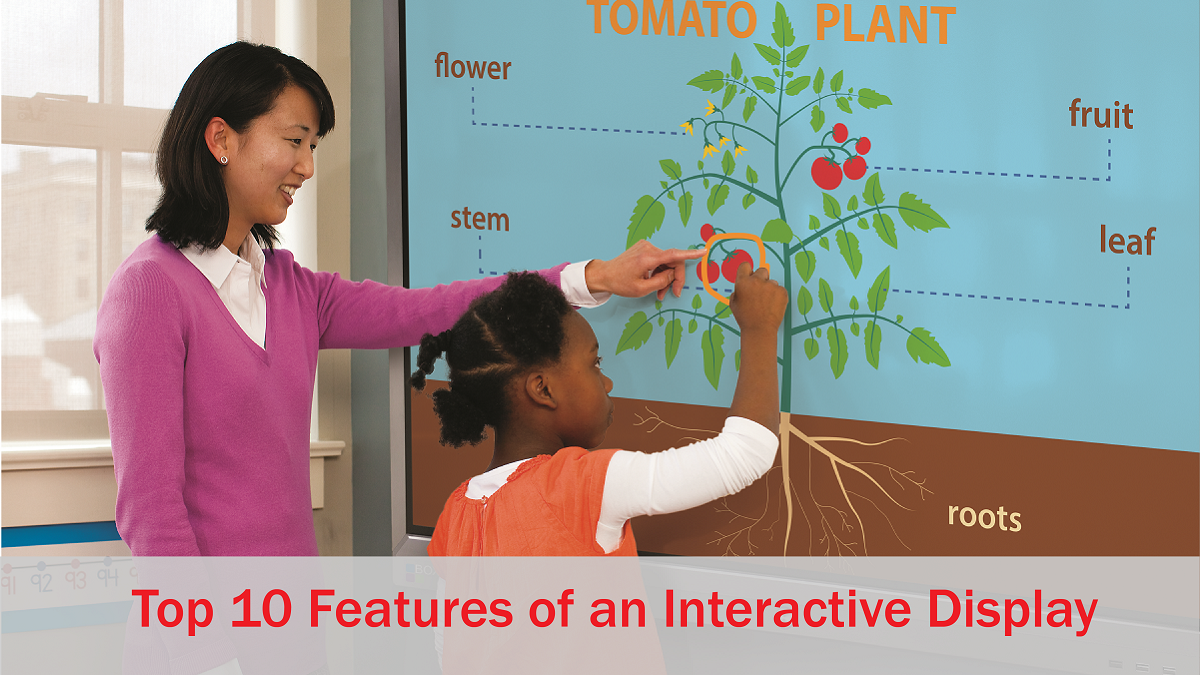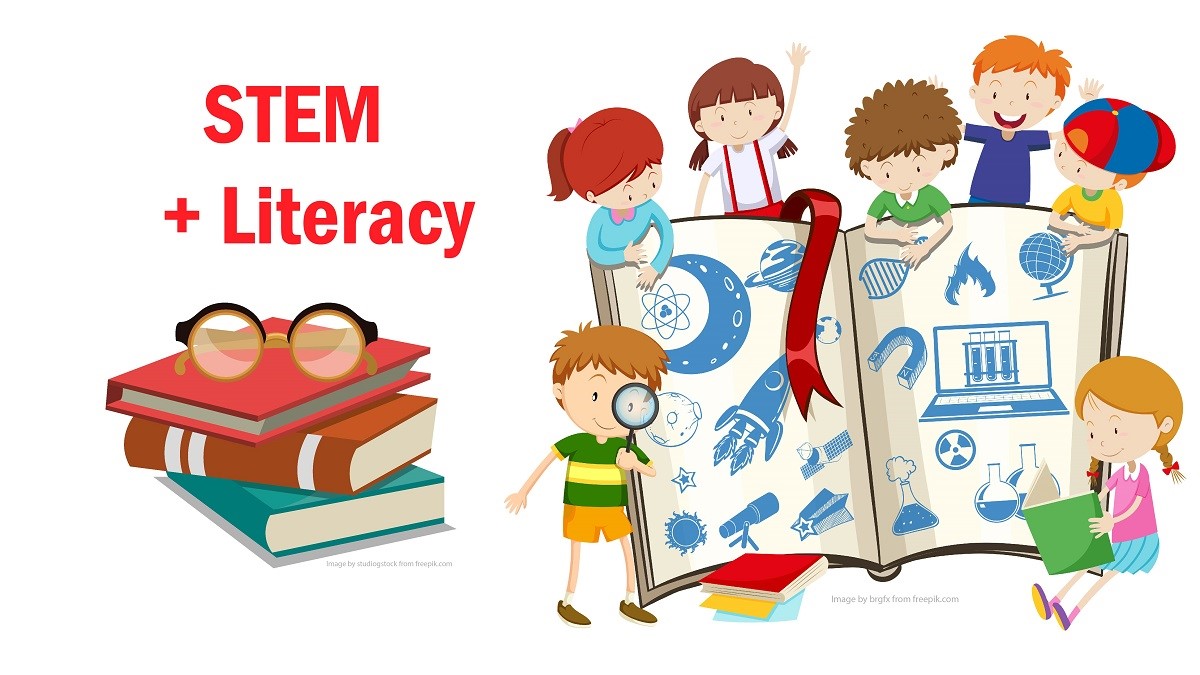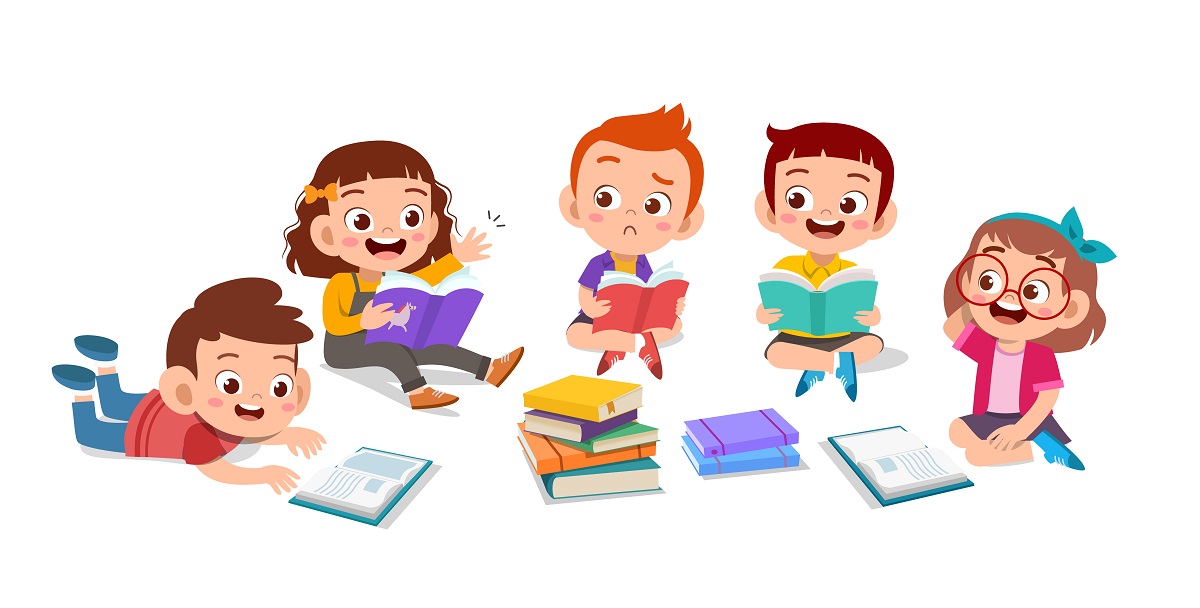We are living in an age of Gen Zers who, as digital natives, are in tune with technological advances in communication such as social media, gaming, and conducting research almost exclusively using the internet. Their avenues for engagement are changing and teachers who are increasing STEM (science, technology, engineering, and mathematics) instruction in their classrooms are exploring ways to incorporate more hands-on, immersive learning experiences that combine innovative technology with real-world connections. The motivation for doing so is to see their students’ active participation in experiments and projects, as well as strengthening the four Cs of 21st-century skills: Critical Thinking, Collaboration, Communication, and Creativity.
Melizza Cuizon
Recent Posts
As many people can attest to, if we aren’t totally keeping up with the basics of technology such as using a PC, reading and sending e-mail, and searching the internet for content, the digital divide – the gap between those who can benefit from using communication technology and those who cannot -- widens and creates a chasm for those who are lacking key 21st-century skills. This is a concern for many education decision-makers since they understand that today’s students need essential technological skills to compete in the future job market.
We are living in a time when we can tap, scroll, and swipe through information in a matter of seconds. Decisions can be made easily on our devices – phones, PCs, even large displays that are touch-capable. In more and more classrooms, educators are moving from throw projectors and whiteboards to interactive displays (also known as interactive flat panel displays, interactive panels, interactive touchscreens, and smart boards) to boost overall engagement in lessons. So, what is an interactive display?
Topics: interactive flat panel display
With much discussion on whether to have employees fully return to offices, incorporate a hybrid model, or allow remote work to continue, the prevailing concern is whether productivity is continuous, smooth, and without major interruption. For companies that are deciding that hybrid and remote will best suit the overall company needs, including safeguarding employee health, then a means for collaboration is necessary. Do companies see employee training to improve collaboration and productivity as essential?
Topics: microsoft teams, Employee Training
5 Post-Pandemic Instructional Practices That Teachers Should Keep
Pre-pandemic, the thought of incorporating flipped or blended learning, self-paced learning, video conferencing, and creating videos to teach key concepts or skills was seen as reserved mostly for virtual schools that catered to families that wanted an alternative to traditional brick-and-mortar schooling or for especially ‘high-tech savvy’ educators who could deftly handle quickly changing technology. Of course, the pandemic and consequent school closures changed all that and teachers, students, and parents had to learn to navigate online learning fairly quickly. For teachers who were comfortable with the tried and true, front-of-class style of instruction, switching to tech tools for creating, assigning, grading, and facilitating lessons was a steep learning curve. But here we are, over a year later, and many teachers have found that they have become incredibly adept at using these same tools if not more so.
Topics: student learning, education
School is wrapping up and most of us are thinking of ways to help our students maintain their progress over the summer in fun and engaging ways. The following resources are terrific for learning from home with or without parent and caregiver help. In some cases, membership is required but for the most part, the resources offer free activities. If you have a few minutes, click through some of these resources and/or share them with your students’ families for summer enrichment.
Topics: summer learning
3 Simple STEM Activities for National Walking Month
It’s the middle of both Walk to School Week and National Walking Month so clearly walking is essential to maintain physical health as well as to improve focus and concentration once students make it to school. It’s a great time to incorporate simple STEM activities to engage your students in learning and walking.
Topics: teacher tips, STEM, STEM learning
Integrating STEM to Support English Skills Learning
Teachers understand that education requires more than knowing how to read and answer questions about a text. A well-rounded education helps students build skills to fluently communicate ideas and thoughts, broaden their worldview by reading about other cultures, societies, and civilisations, and guide them in planning solutions to challenges faced by the world. Clearly, this can only happen through strong English and STEM learning. By integrating concepts and ideas from these key building blocks of education, students can reach for academic goals that will follow them through to adulthood and contribute to society.
May is Share-a-Story Month, instituted by the Federation of Children’s Book Groups in 1974, to celebrate the power of storytelling. By encouraging children’s interest in books and reading, this month is a great opportunity to try new ideas to promote the value of story sharing. For example, have you tried facilitating book discussion groups with your class?
Topics: teacher tips, student learning, reading
Benefits of Physical Activity on Learning: 5 Tips to Try This Week!
Physical activity benefits more than the body’s health; studies have shown that physical activity also improves attention, mood, and reasoning skills. For example, increased activity has shown to improve concentration and sharpen memory. How?
Topics: teacher tips, lesson ideas

